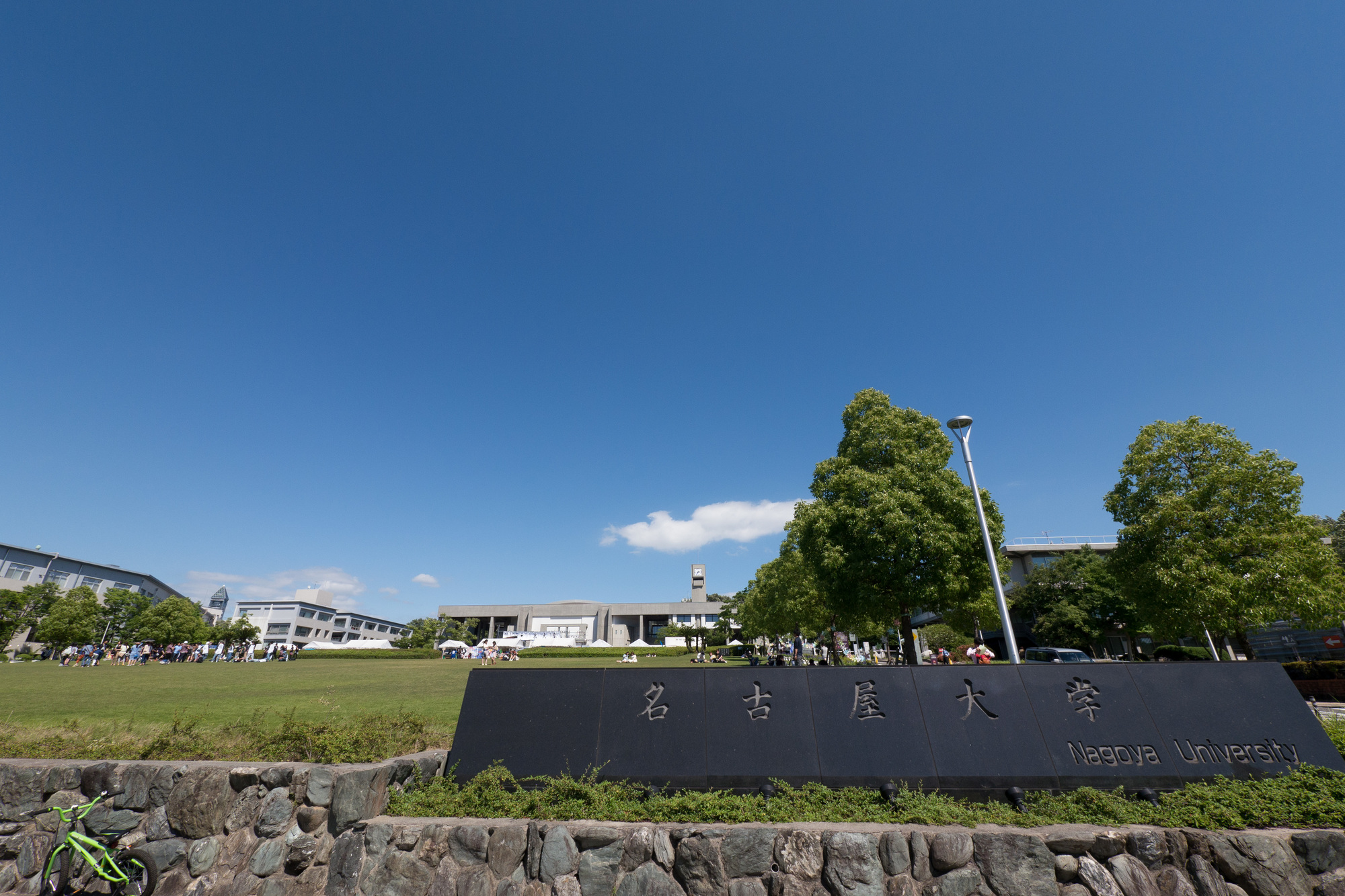A research group of Takaki Yahiro School of Medicine and Professor Kazuhiro Nakamura of Nagoya University Graduate School of Medicine has elucidated the mechanism of temperature sensory transmission necessary for producing thermoregulatory behavior to search for a comfortable temperature environment.
In human thermoregulation, when it is hot, it sweats to release heat, and when it is cold, it shakes muscles to produce heat.Such an autonomous reaction unrelated to the will is called "autonomous thermoregulation" and is being elucidated by research.On the other hand, body temperature regulation through will-based actions such as moving to a comfortable temperature environment, putting on and taking off clothes according to the environmental temperature, and controlling the room temperature with an air conditioner is called "behavioral thermoregulation". It was unknown.
Using rats, the research group investigated the transmission of environmental temperature information necessary for the development of thermoregulatory behavior in the brain.First, we tried to destroy the "spinothalamic tract", a pathway that transmits sensory information to the brain in order to consciously "feel" the temperature sensed by the skin, but the rat normally selected a comfortable temperature environment.On the other hand, if the nerve transmission of temperature sensation through the brain region called "paraventricular nucleus of the lateral arm" was blocked, it became impossible to select a comfortable temperature environment and maintain body temperature within the normal range.
From this result, it was found that thermoregulation requires information on the environmental temperature transmitted from the spinal cord through the route through the paraventricular nucleus of the lateral arm, but does not require the perception of temperature through the spinal cord thalamic cortex.This means that the temperature sensation for "feeling" and the temperature sensation for controlling body temperature are transmitted by different mechanisms.
This result means that even if you consciously feel "hot", the thermoregulatory response that matches that sensation may not occur, which can lead to heat stroke.In the future, he plans to elucidate the whole picture of the mechanism of the brain that causes behavioral thermoregulation and the emotions that drive it, and clarify the mechanism of heat stroke.
Paper information:[Scientific Reports] The lateral parabrachial nucleus, but not the thalamus, mediates thermosensory pathways for behavioral thermoregulation

